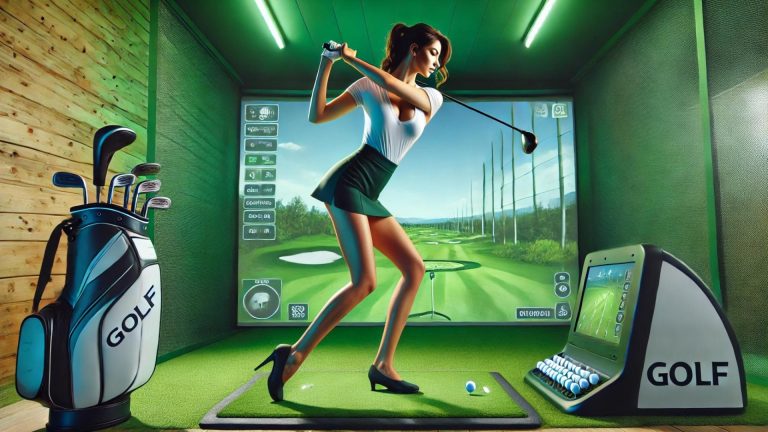- Four years ago, sports properties were trying to figure out barcodes.
- Three years ago, sports properties were trying to figure out blockchain.
- Two years ago, sports properties were trying to figure out NFTs.
- One year ago, sports properties were trying to figure out AI.
While some of these still apply…
There’s a big push in the world between physical & digital collectibles.
Let’s Dive In 👇
Collectibles Market
I want to start by saying the market is huge…
Globally, the collectibles market was $458B in 2022 (with a projected 12-year CAGR of 6.2%).

The data shows how expansive it is: 📊
- NFTs: $36 billion in 2023
- Sports: 60 million+ global collectors, a $227.2 billion market in 2023
- Gaming: 3.3 billion global gamers… 80% of active console gamers and 54% of casual gamers like to have keepsakes of their favorite games
- Action Figures: US market will be ~$9.8B in 2023
- Entertainment: Defined as the “Toy / Animation” segment and is currently at over ~$30B globally
On top of this, ~16 million NBA fans and 20 million+ NFL fans consider themselves collectors.
The thing is…
Over the last few years we’ve seen two core problems:
- In addition to the marketplace perception of NFTs, digital collectibles do not enable the same emotional or evergreen connection that a fan has to a player or team.
- Physical collectible products are time-consuming, costly to develop, and follow a one size fits all design. A typical product requires months of design and development of a mold ($$ + time+ minimum amount of products produced).
So we’ve seen a shift…
Collectibles Becoming Phygital
The collectibles market is wide (and all parties are starting to see phygital as a unique opportunity to collect data and boost fan engagement).
But what are they?
“Phygital Collectibles” are items that blend physical and digital elements, offering a unique intersection of the real and virtual worlds.

Examples in sports include:
- Interactive Player Cards: Traditional trading cards can come with QR codes that, when scanned, lead to a digital platform showcasing the player’s stats, recent game highlights, and exclusive interviews.
- Digital Autographs on Physical Items: This autograph is linked to a blockchain to verify its authenticity and uniqueness, combining the physical item with a digital signature that can’t be duplicated.
- Virtual Meet and Greets: The physical ticket gives access not only to the game but also to a virtual meet and greet with players via VR platforms, making it a more immersive fan experience.
- Augmented Reality Game Experiences: AR-enabled merchandise that, when used during a game, can provide real-time stats, player bios, and interactive content, adding a digital layer to the live viewing experience.
So where’s the opportunity?
In addition to wholesale and direct to consumer sale of products, all of these products can capture data (which can be reused and resold) and then be updated to support evergreen engagement..
- Revenue Channel 1: Digital activation drives to a specific landing page, application, or experience via dynamic QR code or chip
- Revenue Channel 2: Digital activation drives to exclusive IP content through offers and experiences, including gated or password-protected channels via dynamic QR codes or chips
Think about it…
Phygital products enable the ability to monetize every aspect of an IP or individual’s NIL (ancillary revenue without upfront cost or time investment) and aggregate digital experiences based on gameplay, event attendance, and community connection.

And it grows from here…
As RSNs are sunsetting, more leagues and teams will need robust digital applications and rewards to reach their most avid consumers/fans to engage with IP and then subscribe.
Collectability will in part be driven by authenticity along with a strategy based on celebrating/commemorating key events.
The upsides are evident (but it’s also becoming a necessity):
- Aggregate first-party customer data
- Evergreen experiences, content, and offers
- Expand customer relationship/support of rewards and loyalty
- Customer needs met across multiple channels (omnichannel)
- Optimization of brand sponsorships via product development
- Enhanced user experience, engagement, and conversion driven by technology
And the emergence of additive manufacturing is transforming the multi-billion-dollar collectibles market.
An Interesting Phygital Company
A unique company at this intersection of physical and digital collectibles is Sweet Chameleon.
They work with sports, entertainment, and gaming brands/creators to monetize their IP and reward + engage their fan communities through the creation of custom phygital collectibles.

The physical licensed products include corresponding digital content, offers, and experiences which are activated by dynamic QR codes, NFC technology, and AI.
Sweet Chameleon capitalizes on two major trends:
- Digitization of IP and the creation of “phygital” worlds.
- On-demand manufacturing that eliminates supply chain issues, inventory, and minimum order requirements to put products on the market immediately.
They are essentially a marketing trojan horse — the fan receives a great collectible that represents their fandom while the IP owner (team, player, publisher) gains an evergreen window to engage with their fan.

A trifecta in value adds for the fan, IP holder, and SC…
It makes sense why they have existing IP relationships with the NBA, MLB, and a robust pipeline of popular sports, gaming, and entertainment-based IP.
Think about the products:
- Sponsorable
- Ancillary revenue without large upfront costs
- Evergreen collectible with opportunity to update dynamically
- Complementary fan engagement, loyalty and rewards product
- Monetize the long tail (ie products for every player in a league, not just superstars)
By effectively tapping into the most popular IP and brands, Sweet Chameleon is providing the fans and right holders exactly what they want.
Future of Phygital
When considering the future state of the market, you have to think more broadly about how phygital will continue to evolve.
- Cross-platform compatibility
- Dynamic QR Codes, NFC Chips, AI
- Increased integration with AR and VR
- High degrees of personalization and customization
- Interactive marketplaces to experience them before purchasing
To date, there has been a clear delineation between physical and digital products.
Retailers have been at the forefront of digital + physical (live shopping experiences, restaurants driving to in-store, automotive to customize car features).

Besides Sweet Chameleon, nobody is currently producing high-quality collectible products at scale with major licensed IP holders:
- Digital is focused on NFTs (Dapper, Candy)
- Physical is focused on standard, one-size-fits-all all products (Funko, MacFarlane Toys, Superplastic)
- Manufacturing and distribution capabilities are abroad and focus on singular IP products
Over time we will see a focus on the process of developing interactive phygital products related to the following:
- Streaming content (TV, film)
- In-venue (games, events/tours)
- Rewards (season ticket holders)
- Sponsor branded promotional products
- In-game purchase capabilities (tap to buy)
- Reviving evergreen IP with built-in fan bases
- Image targeting to launch AI-generated VR/AR experiences
- Customizer to enable fans to “design” their collectible with unique and earned features
- Gaming – millions of avatars controlled by a few key publishers (Epic, Riot, Blizzard, EA).
Ending with this…
“We believe digital products will have more value and utility when connected to physical collectibles to create the best experience” – Michael Rubin, CEO Fanatics.









